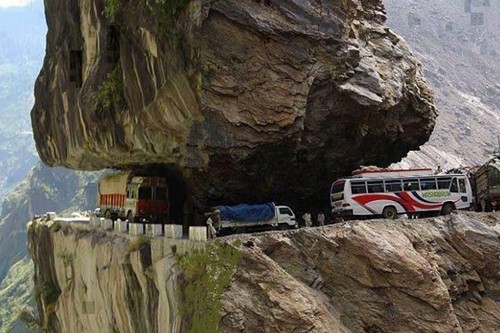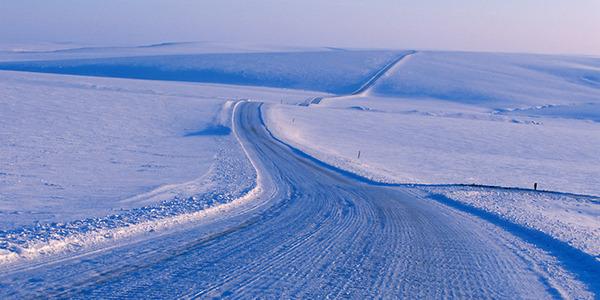Alternative energy resources are becoming more widely utilized in the United States and the world over. Solar and wind energy represent two alternative resources utilized in the United states with increasing frequency in the past two decades. Indeed, the utilization of solar and wind energy will continue to increase into the future.
If you are planning a trip that will bring you into contact with one of wind farms operating in the United States, or even in some other countries around the world, you might want to consider a tour of such a facility. The reality is that a visit to a wind farm can prove to be both an informative and even awe-inspiring experience. In advance of taking a tour of a wind farm while traveling, there are some facts and factors that you need to bear in mind regarding these facilities.

Overview of the Component Parts of a Wind Turbine
As is the case with so many alternative energy sources in this day and age, steel plays an integral role in the construction of a wind turbine. Stating that steel forms the foundation upon which a wind turbine depends is not an understatement.
A wind turbine is comprised of three basic parts. These are the tower, the nacelle, and the rotor blades.
The tower is the base upon which the other components of a wind turbine are situated. The base of a typical wind turbine constructed in the United States is made from steel, oftentimes in a steel pipe design. The steel usually is coated with a zinc alloy to better protect it from the elements. In some situations, the steel base of a wind turbine is not coated with a zinc alloy, but rather is only painted.
The turbine itself is one of the elements of a wind turbine that inspires a measure of awe when visiting a farm. The standard base for a wind turbine stands 80 feet tall. That is the height of a building that stands about eight stories.
Made from steel, oftentimes in a steel pipe formation as noted previously, the base of a wind turbine is hearty. The typical base of a wind turbine weighs about 19,000 pounds. That equates to the weight of over four standard-size automobiles.
The second component of a wind turbine is the nacelle. The nacelle, usually made from fiberglass, is the hallow shell that contains the vital internal mechanisms of the wind turbine. These mechanisms include the main drive shaft and the gearbox. The nacelle also includes the blade pitch control and a hydraulic system.
Steel is the most common element utilized in crafting the items contained in the nacelle. Copper is the secondary element. All of the items contained in the nacelle weigh an amazing 22,000 pounds, which equates to about five standard automobiles.
The final component of a wind turbine, and the most recognizable element, are the turbine blades themselves. The typical wind turbine comes complete with a trio of blades. The length of blades varies, but tend to be over 100 feet in length. At this juncture in time, a great deal of experimentation is ongoing in regard to the composition of turbine blades.
Fiberglass commonly is utilized in wind turbine blades. Lightweight woods and aluminum are also being used in turbine blades in this day and age.
Visiting a Wind Turbine Farm
More often than not, a wind turbine farm desires to show off its operations to visitors, including people traveling for leisure or business. Each individual farm has its own protocols and activities for visitors. There typically is no cost to visit and tour a wind turbine farm. Some farms do require an advanced reservation to take a tour of the facility. Information on visits and yours typically can be obtained from a farm’s website.
With that said, a wind turbine farm oftentimes maintains an educational or informational center in which a visitor is able to access an array of resources. These resources can include educational videos on wind power and the specific wind turbine farm.
At a resource center, a visitor typically is matched up with a member of the farm team who will serve as a “tour guide.” The guide ensures that a visitor obtains a thorough, and safe, tour of the farm facility.
Many wind farms offer visitors the ability to actually “tour” a turbine. A wind turbine may be outfitted with an elevator that will transport guests up to the nacelle and blade level. This truly gives a visitor to a wind turbine farm the chance for an up close and personal examination of the apparatus.
Jessica Kane is a professional blogger who writes for Federal Steel Supply, Inc., a leading steel tubing suppliers of carbon, alloy and stainless steel pipe, tubes, fittings and flanges.





